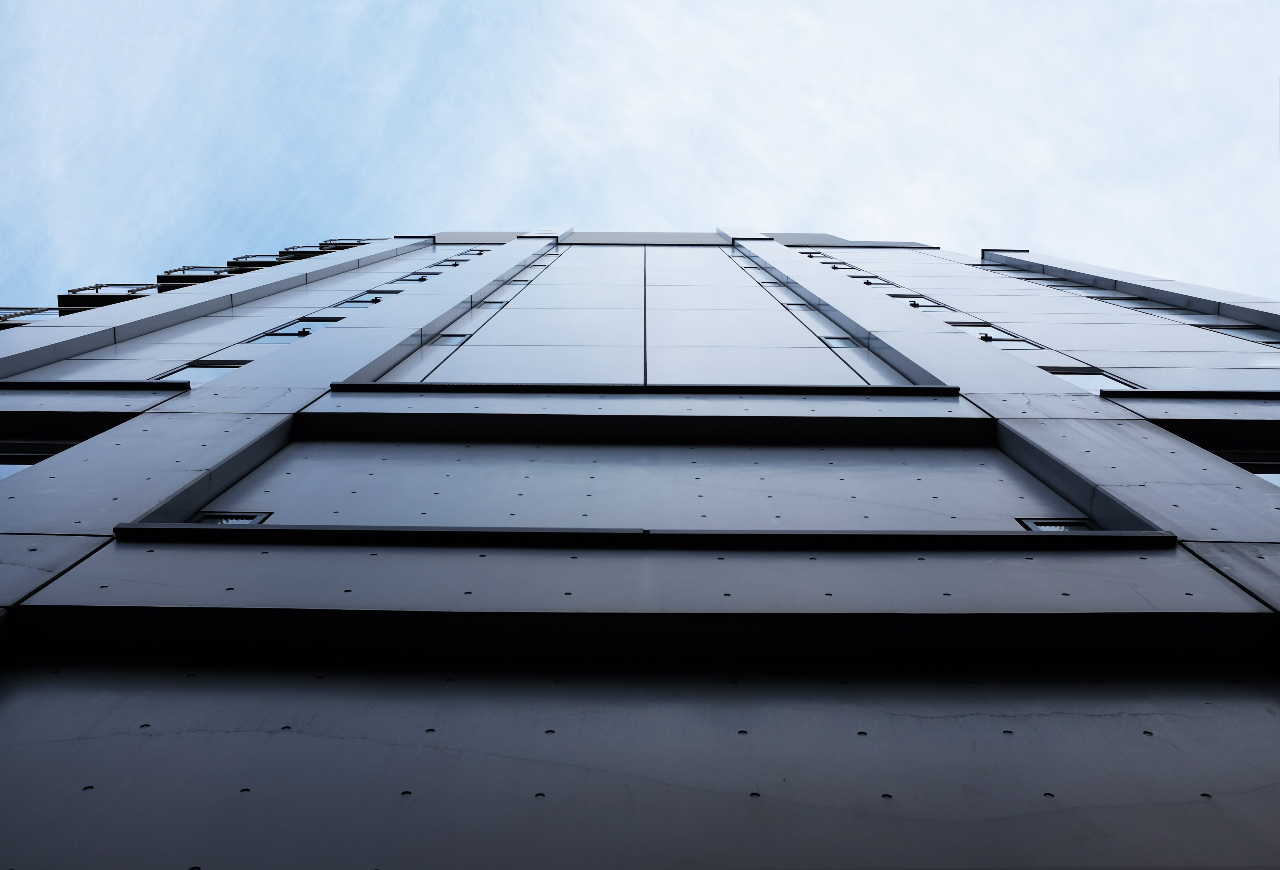Nanogence, a Swiss building material innovation company, has received capital commitments from investors, including the UK’s Planet First Partners, CirCap, and the EIC Fund.

Nanogence, a Swiss building material innovation company which has developed technology that reduces CO2 emissions in the production of cement and concrete by up to 40%, has received capital commitments for an undisclosed sum from a range of investors including UK-based impact investors Planet First Partners.
The fundraising round also included lead investors CirCap, a Luxembourg-based investment platform, and EIC Fund, the venture investment fund of the European Innovation Council.
Nanogence, which also produces materials for the pharmaceutical and energy storage sectors, has developed a smart catalyst solution that can be used by the building and construction industry in the production of cement and concrete without changing current manufacturing processes. As well as reducing CO2 emissions, the company said its technology could also generate cost savings of up to 20% for the industry.
The firm said it would use the investment to boost its operations and manufacturing capabilities across multiple geographies to meet growing demand from the construction and building industry for low-carbon solutions and smart catalyst technology.
Speaking to Impact Investor, Andreea Constantinescu, managing partner at Planet First Partners, explained the company’s decision to invest in Nanogence: “What attracted us to Nanogence was principally the ease of adoption and scalability of the technology, as well as its very strong economic value proposition to its clients, elements that were missing from other decarbonisation technologies we had come across in our quest to enable the decarbonisation of this large industry in dire need of solutions.”
Nanogence’s catalyst solution can be sold directly in solid or liquid form or licensed to clients in the form of on-site manufacturing with the installation of the company’s decentralised fully autonomous manufacturing plant.
The problem with cement
In 2018, think-tank Chatham House published a report highlighting that the production of cement accounted for around 8% of global carbon emissions, far more than flying and more than the CO2 emissions of any single country with the exception of the US and China.
Since 2018, the International Energy Agency (IEA) has found that cement emissions intensity has remained stable and even increased slightly (by 1%) in 2022, rather than the 4% decline needed annually through to 2030 for the sector to meet its net zero emissions targets by 2050.
In response to questions from Impact Investor, Abhishek Kumar, chief executive officer of Nanogence said that with no direct alternative material and the accelerating demand for concrete – and subsequently cement – expected to grow by 25% by 2050, urgent solutions were needed to lower its carbon footprint.
“Cement is already made from the most abundant elements available on Earth and readily present in most parts of the world. So, availability and cost, both are drivers here. On top of that it is a very capital intensive industry, so any changes to established manufacturing infrastructure is another driver,” said Kumar. He also argued that there was currently no magic pill solution to decarbonise the sector that every player could “pick and run” with.
“A close to ideal solution would be carbon avoidance tech, easily integrable in current manufacturing, with high carbon reduction potential. Nanogence’s technology ticks off all these boxes,” he added.
The proprietary technology the company has developed consists of a catalyst solution that can be added to cement granules to chemically enhance the binding efficiency of their component materials, thereby reducing the clinker content, the central and most carbon emission intensive ingredient in the making of cement, while also increasing its strength and durability.
This increased strength and durability can also reduce the amount of cement required to make concrete, lowering the overall carbon footprint and costs to the manufacturer.





